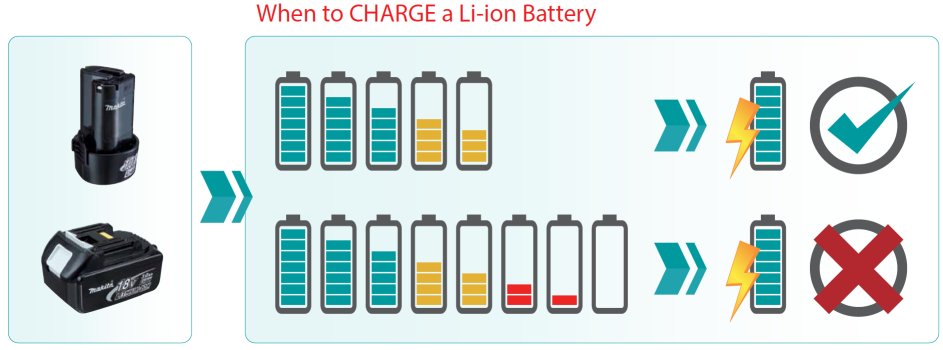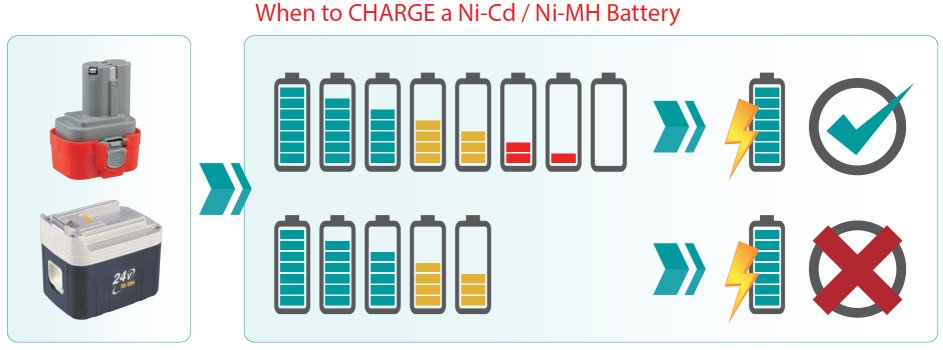Important Safety Instructions
Including Advice
When using electric tools, basic safety precautions, including the following, should always be followed to reduce the risk of fire, electric shock and personal injury. Please read all these instructions before operating any power tools.
| /// KEEP WORK AREA CLEAN
Cluttered areas and benches invite injuries.
/// CONSIDER WORK AREA ENVIRONMENT Don’t use power tools in damp or wet locations. Keep work area well lit. Don’t expose power tools to rain. Don’t use power tool in presence of flammable liquids or gases.
/// KEEP CHILDREN AWAY All visitors should be kept away from work area. Don’t let visitors touch the tool or extension cord.
/// STORE IDLE TOOLS When not in use, tools should be stored in a dry, high of locked up place, out of reach of children.
/// DON’T FORCE THE TOOL It will do the job better and safer at the rate for which it was intended.
/// USE THE RIGHT TOOL Don’t force small tools or attachments to do the job of a heavy-duty tool. Don’t use tools for purposes not intended.
/// DRESS PROPERLY Don’t wear loose clothing or jewelry. They can be caught in moving parts. Rubber gloves and non-skid footwear are recommended when working outdoors. Wear protective hair covering to contain long hair.
/// USE SAFETY GLASSES Also use face or dust mask if the cutting operation is dusty.
/// DON’T ABUSE THE CORD Never carry the tool by the cord or yank it to disconnect it from the socket. Keep the cord away from heat, oil, and sharp edges.
/// SECURE WORK Use clamps or a vise to hold the work. It’s safer than using your hand and it frees both hands to operate the tool.
/// DON’T OVERREACH Keep proper footing and balance at all times.
/// MAINTAIN TOOLS WITH CARE Keep cutting tools sharp and clean for better and safer performance. Follow instructions for lubrication and changing accessories. Inspect tool cord periodically and if damaged, have it repaired by an authorized service facility. Inspect extension cords periodically and replace, if damaged. Keep handles dry, clean and free from oil and grease. |
/// DISCONNECT TOOLS
When not in use, before servicing and when changing accessories such as blades, bits and cutters.
/// REMOVE ADJUSTING KEYS AND WRENCHES Form the habit of checking to see that keys and adjusting wrenches are removed from the tool before turning it on.
/// AVOID UNINTENTIONAL STARTING Don’t carry a plugged-in tool with a finger on the switch. Ensure switch is OFF when plugging in.
/// USE OUTDOOR EXTENSION CORDS When tool is used outdoors, use only extension cords intended for outdoor use.
/// STAY ALERT Watch what you are doing. Use common sense. Don’t operate tool when you are tired.
/// CHECK DAMAGED PARTS Before further use of the tool, a guard or other part that is damaged should be carefully checked to determine that it will operate properly and perform its intended function. Check for alignment of moving parts, free running of moving parts, breakage of parts, mounting and any other conditions that may affect its operation. A guard or other part that is damaged should be properly repaired or replaced by an authorized service center unless otherwise indicated in this instruction manual. Have defective switches replaced by an authorized service facility. Don’t use the tool if the switch does not turn it on and off.
/// GUARD AGAINST ELECTRIC SHOCK Avoid body contact with earthed or grounded surfaces (e.g. pipes, radiators, ranges, refrigerators).
/// REPLACEMENT PARTS When servicing a tool, use only identical replacement parts.
/// VOLTAGE WARNING Before connecting the tool to a power source (receptacle, outlet, etc.) Be sure the voltage supplied is the same as that specified on the nameplate of the tool. A power source with voltage greater than that specified for the tool can result in SERIOUS INJURY to the user V as well as damage to the tool. If in doubt, DO NOT PLUG IN THE TOOL. Using a power source with voltage less than the nameplate rating is harmful to the motor. |
Work Area
- KEEP WORK AREA CLEAN AND WELL LIT
- Cluttered areas and benches invite accidents and injuries.
- CONSIDER WORK ENVIRONMENT
- Don’t use power tools in damp or wet conditions. Keep work area well lit. Don’t expose power tools to rain. Don’t use tools in the presence of flammable liquids or gases.
- KEEP BYSTANDERS AWAY
- All visitors should be kept away from your work area. Distraction can cause a loss of control. Don’t let anyone have contact with the tool or electrical leads.
Electrical Safety
- DON’T ABUSE CORD
- Never carry the tool by its cord or yank it to disconnect from power supply. Keep cord away from heat, oil, abrasive or sharp edges. Have damaged cords replaced immediately by a qualified service agent.
- EXTENSION CORDS
- For outdoor use, use only extension cords intended and marked for outdoor applications.
- GUARD AGAINST ELECTRIC SHOCK
- Prevent body contact with grounded surfaces such as pipes, radiators, stoves and refrigerators.
- VOLTAGE WARNING
- Before connecting the tool to a power source, be sure the voltage supplied is the same as that specified on the nameplate of the tool. A power source with voltage greater than that specified for the tool can result in SERIOUS INJURY to the user as well as damage to the tool. If in doubt, do not plug in the tool. Using a power source with voltage less than the nameplate rating is harmful to the motor.
Personal Safety
- STAY ALERT
- Watch what you are doing and use common sense when operating a power tool. Don’t operate tools when you are tired or affected by drugs, alcohol or medication.
- DRESS PROPERLY
- Don’t wear loose fitting clothing or jewellery which can be caught in moving parts. Rubber gloves and non-slip footwear are recommended when working outdoors. Wear protective hair covering to contain long hair.
- USE PERSONAL PROTECTIVE EQUIPMENT
- Safety glasses or face shields should be worn at all times. Ordinary eye or sunglasses are not protection. If you need to raise your voice to be heard over the machine, wear hearing protection. Dust masks should be worn when cutting masonry or manufactured timbers.
- DON’T OVERREACH
- Keep proper footing and balance at all times.
- AVOID UNINTENTIONAL STARTING
- Don’t carry tools with your finger on the switch. Be sure the switch is in the off position before plugging in to power source.
Tool Use and Care
- USE THE RIGHT TOOL
- Don’t force a small tool or attachment to do the job of a heavier-duty tool. Don’t use tool for purposes it was not intended or designed.
- SECURE YOUR WORK
- Use clamps or a vice to secure and support your workpiece to a stable platform. It is safer than using your hand and frees both hands to operate the machine.
- REMOVE ADJUSTING TOOLS
- Make a habit of checking that all keys, wrenches, etc are removed from the tool before turning it on.
- CHECK FOR DAMAGED PARTS
- Before further use of the tool, a guard or other part which has been damaged should be carefully checked to determine that it will operate properly and perform its intended function. Check for alignment of moving parts, binding of moving parts, breakage of parts, mounting and any other condition which may affect its operation. A guard or other part which is damaged should be properly repaired or replaced by an authorised service centre. Have defective switches replaced by an authorised service centre. Don’t use the tool if the switch does not turn it on and off.
- CORRECT ACCESSORIES
- Use only the accessories that are recommended by the manufacturer for your model. Accessories suitable for one tool may become hazardous when used with another.
- DON’T FORCE THE TOOL
- Use the correct tool for your application and it will do the job better and safer at the pace it was designed to work.
- MAINTAIN TOOLS WELL
- Keep tools and accessories clean and sharp for better and safer performance. Follow instructions for lubricating and changing accessories. Inspect tool cords for damage periodically and replace if damaged. Keep handles dry, clean, and free from oil and grease.
- DISCONNECT TOOLS
- When not in use, before servicing and when changing accessories such as blades, bits and cutters always disconnect the tool from the power source to reduce the risk of accidental starting.
- STORE IDLE TOOLS
- When not in use tool should be stored in dry and high or locked places out of reach of children. Power tools are dangerous in the hands of untrained users.
Service
- SERVICE AND REPLACEMENT PARTS
- Servicing of all tools should be done by an authorised Makita Service Agent. Service or maintenance performed by unqualified personnel may increase the risk of injury.
How to maximize battery performance?
Rechargeable Tool Battery Don’ts
- Do not Use the Battery until it’s flat: Using the battery till it is flat, can permanently damage the poles and shorten battery life. Recharge the battery as soon as your tool starts to slow down. Unless you are using a NiCd battery operated tool.
- Do not Overload the Battery: Use the cordless tool within Do not overload the cordless tool.
- Do not Get Battery Wet: Avoid exposing your batteries to water. Immediately wipe away any moisture on the tool or battery.
- Do not throw or drop the Battery: Dropping or throwing the battery may cause damage to battery.

 You should stop your operations and charge it when you feel the power is getting lower and lower. This will help to reduce the load to battery and to extend battery lifetime. Never use until it’s empty!!!
You should stop your operations and charge it when you feel the power is getting lower and lower. This will help to reduce the load to battery and to extend battery lifetime. Never use until it’s empty!!!


